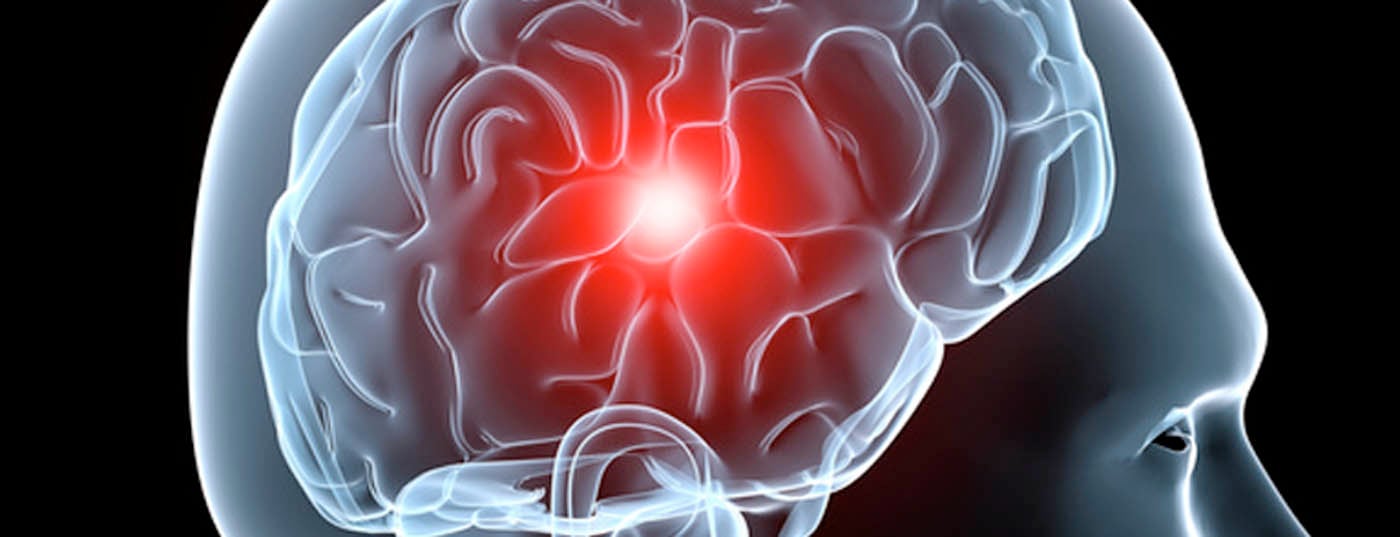On August 20, 2015, the Stroke Symposium of the Department of Neurology of the Inselspital Bern took place for the fifth time. The focus of interest this year was endovascular therapy, which has received a tremendous boost thanks to the results of seven randomized trials. Accordingly, national and international treatment guidelines for acute stroke therapy have also been updated in recent months.
Prof. Urs Fischer, MD, Chief Physician, Neurology, Inselspital, first gave an overview of the development of evidence for acute cerebral stroke therapy. The NINDS study (1995) and the PROACT II study (1997) were the first to evaluate the efficacy of intravenous resp. of intra-arterial thrombolysis has been proven. The efficacy of intravenous thrombolysis (IVT) is now undisputed. “Nevertheless, IVT has relevant limitations,” the speaker said. “The window of opportunity for treatment is narrow, and efficacy declines rapidly over time.” In addition, there are relevant contraindications such as unclear symptom onset and treatment with oral anticoagulants. “The biggest limitation, however, is the very poor vascular recanalization in large vessel occlusions and in large thrombus burden.” As early as 2008, an indirect comparison of two cohorts showed that intra-arterial stroke therapy was superior to IVT.
Current therapy guidelines 2015
However, as recently as 2013, three studies were published that showed no superiority of endovascular therapy (EVT) over IVT. However, these studies had major methodological weaknesses. The big breakthrough came with the introduction of new catheters for thrombus removal, called stent retrievers. Last November, the MR CLEAN study was presented at the World Stroke Congress. It shows that EVT is significantly superior to best possible drug therapy [1]. Since publication of these results, six additional device trials have been stopped and interim analyses performed; these also showed an impressive advantage for EVT. There is now also a consensus statement from the European Stroke Association; this states that EVT is state-of-the-art in patients with large vessel occlusions in the anterior circulation. The guidelines of the Bern Stroke Center have also been adapted accordingly (can be viewed at www.strokecenter.ch, also available as an app).
Despite the study situation, there are still many open questions: Do all patients, including the very old and those with large infarcts, benefit from EVT? In what time frame is it possible? What to do with peripheral resp. distal occlusions? And a very important question: should patients who come directly and quickly to a stroke center still be treated with IVT first before EVT (i.e., bridging procedures with unclear benefit)? On the one hand, IVT increases the risk of bleeding complications; on the other hand, there is also a chance that the thrombus will be dissolved with IVT. “A large prospective study is needed here,” the speaker urged.
Therapy decisions in upheaval
“Nowadays, the treatment decision in acute stroke is based on imaging,” said PD Simon Jung, MD, co-head of the Stroke Unit, Inselspital. The penumbra can be visualized with MRI or CT; MRI is probably advantageous with regard to therapy safety. How quickly the penumbra goes down varies greatly from individual to individual and depends greatly on the collaterals: If a patient has poor collaterals, the brain may be infarcted after only a few hours, but if the collaterals are good, the penumbra may persist for days. With a slow decline over 14-21 days, there is a possibility that new vessels will form and the penumbra will recede. Administration of norepinephrine and flat positioning are ways, to improve cerebral perfusion-this also likely causes more rapid arteriogenesis and neoangiogenesis. Screening for EVT is worthwhile up to 24 hours after symptom onset.
A therapeutic dilemma exists in patients with large-vessel occlusions but only minor neurologic deficits. If conservative therapy is used in these patients, very close monitoring with the possibility of delayed intervention is important in case of neurologic deterioration. Patients with an already large infarct core and large-vessel occlusion (excluded from all studies!) nevertheless seem to benefit from intervention, which is why recanalization should be considered, especially in younger individuals.
Endovascular therapy
Prof. Jan Gralla, MD, Chief Physician, Institute for Diagnostic and Interventional Neuroradiology, Inselspital, presented EVT in more detail. For proximal vessel occlusion, this procedure has great efficacy (75-90%), and it can be performed very quickly (recanalization often within 20-40 minutes). Complication rates are low: vasospasms are the most common, but studies have shown that they have no clinical consequences, as well as emboli in other vessels. To prevent embolization of collateral vessels as much as possible, a balloon is inflated proximal to the thrombus in the vessel. Thus, flow reversal occurs distal to the balloon, and if particles of the thrombus break off, they flow toward the balloon.
Intervention figures have increased sharply in recent years. “In 2015, twice as many EVTs will probably be performed at Inselspital as in 2010,” predicted Prof. Gralla. Mortality and morbidity are greater in patients treated in small centers. Also important for a good outcome is that the interventonalist does the procedure frequently. The speaker’s conclusion on EVT:
- Finally, there is evidence of efficacy!
- Protection against thromboembolic events is important.
- Access to smaller vessels is possible.
- Training and expertise of the treating physician improve outcome.
Stroke Prevention
“One in six residents of Switzerland will suffer a stroke in their lifetime,” said PD Hakan Sarikaya, MD, Inselspital. Therefore, prevention is extremely important. In addition to classic risk factors such as hypertension, smoking, diabetes, and dyslipidemia, other stroke risk factors include obstructive sleep apnea syndrome, migraine with aura, alcohol abuse, chronic inflammation, and depression.
By far the most important risk factor is hypertension – even high-normal blood pressure levels are associated with increased risk. Even a small reduction in blood pressure significantly reduces the risk of stroke. However, compliance is a sticking point in antihypertensive therapy. More than 50% of all hypertension patients do not take their medication or take it irregularly. “I try to motivate patients to take the blood pressure pills by teaching them that this is a long-term investment that can also help them reduce their risk of dementia,” Dr. Sarikaya said. For statins, the cost-benefit ratio with respect to stroke prevention is less good than for antihypertensives. In secondary prevention, the administration of statins is undisputed, but in primary prevention, the NNT of 700 is very high. Therefore, statins are recommended for primary prevention only in high-risk patients (diabetes, carotid stenosis, CHD).
The relationship between stroke and obesity is complex. Younger obese stroke patients have higher mortality than normal weight patients, but in patients over 70 years of age, individuals with high BMI have lower mortality! Therefore, it is reasonable to suggest weight reduction to younger individuals in any case; this is not assured for older ones. For stroke prevention in practice, Dr. Sarikaya recommended the following:
- Self-measurement of blood pressure at home (“I recommend that hypertension patients use a blood pressure device for self-measurements at home.”).
- Increase medication compliance (explain indication, proactively address side effects).
- Lifestyle recommendations (“Don’t forbid patients anything if possible, but show them what they can do themselves.”)
- Provide education on signs of stroke/TIA and appropriate action.
Source: Stroke Symposium, August 20, 2015, Bern
Literature:
- Berkhemer O, et al: N Engl J Med 2015; 372: 11-20.
InFo NEUROLOGY & PSYCHIATRY 2015; 13(5): 35-36.












